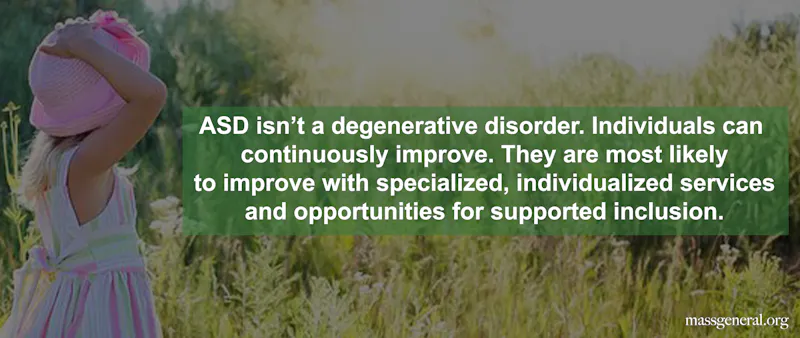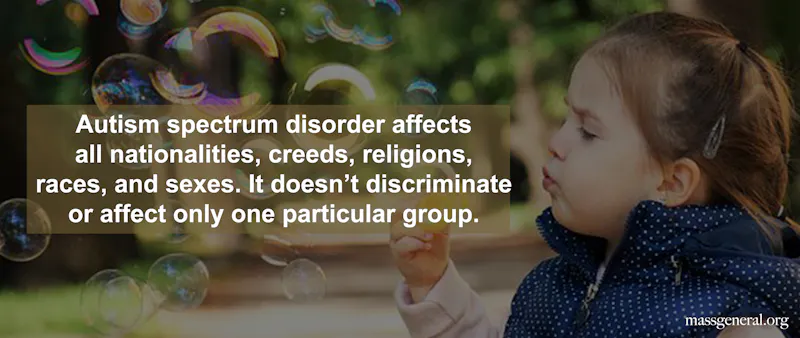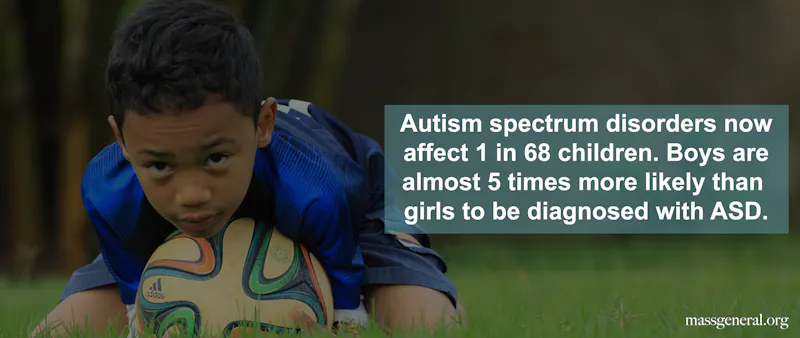27 Games & Activities For Kids With Autism
Author: Sam Walker-Smart
Last update: 3/3/2023

Introduction
The importance of play in any child's life cannot be understated. It helps develop motor skills, cognitive development and enables one's ability to socialize. For those with autism spectrum disorder (ASD), however, play can prove more challenging; special considerations need to be made from both parents and teachers on what resources are used to allow interaction and expression.
Fortunately, nowadays, with the advent of digital technology, we don't only have learning support online, but also entire purpose-made apps and even mainstream video games that can prove entertaining and rewarding for those on the spectrum. Below 27 games for kids with autism, These have been broken into categories for ease.
Apps
Taking the hard work out of discovery and selection, AutiSpark offers access to over 200 educational games as well as worksheets and workbooks. Regularly updated and with a week's free trial period, this resource is backed by professionals and is well worth a look due to its focus purely being child development for those with ASD.
Many on the spectrum find making and holding eye contact challenging, but with this great iPad app, they have a fun way to practice these skills. Not strictly a game, instead, an interactive toy in which young engineers can explore five different train sections and travel to landmarks throughout the world. Educational, interactive, and with the aim to improve everyday social skills.
Storytelling is important at any age; it is how we learn and relate to the world around us. Pictello gives children with communication difficulties a way to create and share visual social stories. They can add their own photos, videos, and even recorded speech to open up a new level of expression and creativity.
Physical Games
Tag, sometimes called 'It,' is a game where one person chases a group intending to select, or catch, someone new to chase. You're probably familiar with this game, but there are a few ways to tweak it to make it autism friendly. Playing inside can better inform boundaries compared to outside, and explaining the rules through a story, rather than command, can improve gameplay a lot.
Hide and seek is another great game for kids with autism, and just like tag, playing inside can harbor a better play experience. The rules are simple enough, a group hides while another (often a single person) tries to find them. Before playing the game, it's good practice to make kids aware of dangerous locations, such as a washing machine, oven, fridge-freezer. Children who are hiding might become impatient or frustrated while waiting, so another good idea is to give them a book, or quiet activity while the game takes place.
Hopscotch can be a particularly tricky game for those with autism, but that doesn't make it impossible, quite the opposite. Hopscotch is a great way for children to learn hand and body coordination as well as exercising and learning social interaction. A few ways to improve the Hopscotch experience for kids with autism is color coordinating the jumping squares and focusing on one action at a time. Starting with jumping, then hopping, ingratiates children into the activity slower, and more effectively.
Simon says is all about commands, listening, and respons. Focusing on a set of instructions is key to the development of all children, not just those with ASD. The best way to make this call and response game more accessible is through clearer, slower instructions; that way, children can focus on things for a longer period of time. Another alternative is getting rid of the idea of being 'out'; simply give children a list of instructions through the medium of the game.
Sports
Sports are often overlooked when it comes to autism, but they shouldn't be, as many can be easily adapted to better the experience. Basketball can be improved by reducing some of the factors that might scare kids; for example, noise-canceling headphones can filter uncomfortable noises, and smaller teams can reduce the feeling of anxiety.
Soccer can help improve the motor skills, endurance, strength, and coordination of kids with ASD, and is an excellent team-building sport. Smaller teams, shorter playing times, and clear, calm instructions all contribute to an overall better game experience.
Swimming is an enjoyable sport for most people, and especially children with ASD. Kids who have a more challenging time with ball sports can do well with basic swimming strokes and games in the pool.
Horseback riding is not something that is accessible to many people, and often not the cheapest, but it is a fantastic sport for those with ASD to try. Horses, and animals in general, are often used in therapy, as their calming and strong nature can resonate, and inspire calmness within humans. It's not unusual for autistic kids to find it easier to get along with animals than some people.
Arts & Crafts
Arts and crafts are perfect for sensory development, and can really help children with ASD express their emotions. Edible jewelry is a fun activity but also encourages kids to be patient. Instead of eating the components, getting a child to create something, then reap the benefits after can be a great lesson in control.
A sensory collage is a collection of different sized, textured, and colored objects, that can be made out of just about anything. The variation amongst the objects can stimulate a child's creativity and be a fun and engaging activity for the family.
Ice painting, it's exactly what it sounds like! Using acrylic paint and ice cubes, children can create unique paintings with relative ease. The shapes and colors that can form through this method are often blended and kinder on the eyes, but it's also the sensory feeling of cold ice that can really engage children.
Sensory bottles are a classic arts and craft project that many people with ASD will swear by. Filling a water bottle with glitter, buttons, different colors, and shapes can promote the sensory engagement of children. Simply seal the bottle shut to avoid spillages, and you're left with a low effort but high reward result.
Card Games & Books
Our first game recommendation is 'Feelings In A Flash.' These cards contain different scenarios and reaction faces showing a wide range of emotions. Children can guess the emotions, or simply explore what they feel through the cards.
'Feelmo Speaking Cards' is similar to 'Feelings In A Flash' but can be used in a more generic and wider sense. The cards feature the faces of people of all colors and races, and are perfect for exploring facial expressions and social situations.
'I Never Forget a Face Memory Game' is a great way for children with ASD to train their memory and identification skills. There are a few variations of this game with different names, but the clear colors and illustrations make this the optimum version.
'Kinetic Sand Kit' is a unique but brilliant way for children to participate in an activity that requires no skill level. Kids can build castles, make faces, or construct whatever their imagination can muster.
Video Games
Minecraft, despite being one of the most popular games in the world, is actually a useful tool for game-loving children with ASD to explore the reach of their imaginations. Sometimes kids can be intimidated to express their thoughts in the real world, and playing in child-safe servers, with those who find social interaction just as difficult can open their mind, and give them a safe space to be themselves.
Super Mario Maker can introduce children to the concepts of problem-solving, pattern recognition, and the consequences of their actions. That's right, this simple game that we are all familiar with is easy to learn and can help develop the understanding of key life skills.
LittleBigPlanet, a fairly old game at this point, has a similar concept to the likes of classic Mario games. However, the main protagonist is a customizable, gender-neutral entity, that reacts to the commands and requests of the player. The colorful levels and unique use of space and textures make this game an incredible tool for those with ASD.
VR (Virtual reality) is an area in gaming that is constantly being developed and is seen as the future of the genre, and you may be surprised to hear that there are a few projects that are being tailored to those with autism. World simulators can show young children how to conduct themselves in the real world, without stepping outside, in a fun and unique way.
Board Games
There's long been a connection between chess and those with ASD. Its structure and use of tactics have proven to be attractive to many, while also giving players a way to psychoanalyze and even socialize with an opponent without conventional communication and small talk.
A word finder game that's been improving spelling, communication, and family interaction for decades. Aside from the obvious benefits, it can also help with emotion control and math with its scoring element. It's available to play online, too, and employing a scrabble help tool from time to time can motivate your kid.
This colorful racing game has been a family favorite for over 70 years and requires no reading skills, little counting ability, and focuses more on color recognition. As it doesn’t rely on verbal communication and promotes the concept of turn-taking, it's a good choice for those with levels 1 and 2 autism but may frustrate some with its reliance on luck over structure and skill.
An old favorite, but this family game is simply perfect for children with ASD. The aim is to sink your opponent's battleship by first guessing their position and later using logical thinking to estimate where your rival's ships are still located. Not only is this simple to pick up, but it also gives a child with ASD a chance to strengthen their planning and strategizing skills.
Resources
- Aspergers & Intimacy Through Chess
https://researchautism.org/aspergers-and-intimacy-through-chess-2/ - Gaming & Autism
http://www.autismcommunitystore - Physical Gaming & Adaptations
https://blog.stageslearning.com/blog/12-popular-games-adapted-for-children-with-autism - Sports Information ASD
https://www.verywellhealth.com/best-sports-for-kids-with-autism-260157 - Arts & Crafts For People With ASD
https://www.kids-konnect.com/blog/7-fun-sensory-activities-for-kids-with-autism - Gaming With Autism
https://www.theguardian.com/lifeandstyle/2016/jun/02/how-i-connected-with-my-autistic-son-through-video-games - The Benefits of VR Applied To Autism
https://psious.com/the-benefits-of-virtual-reality-applied-to-people-with-autism/


